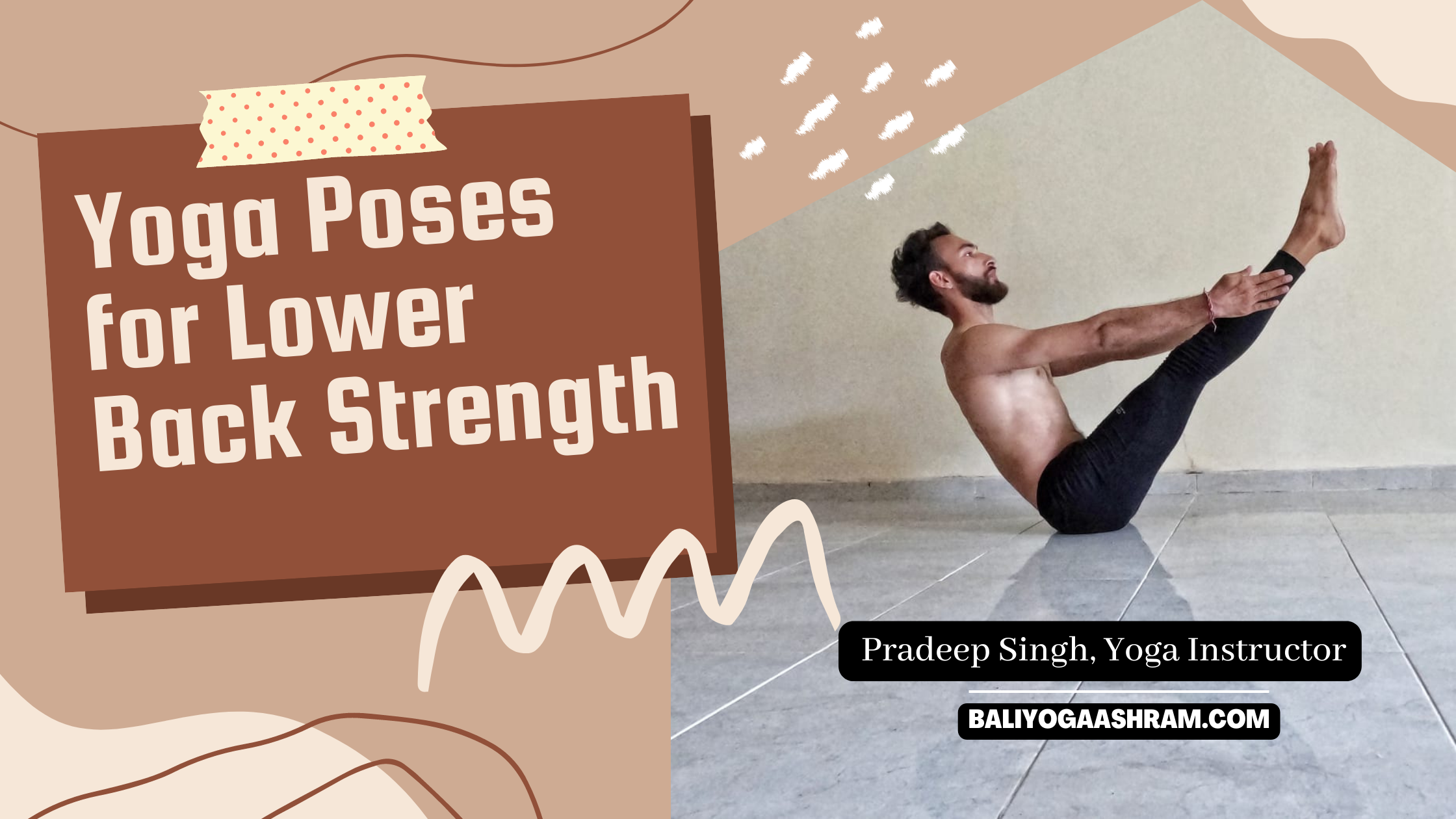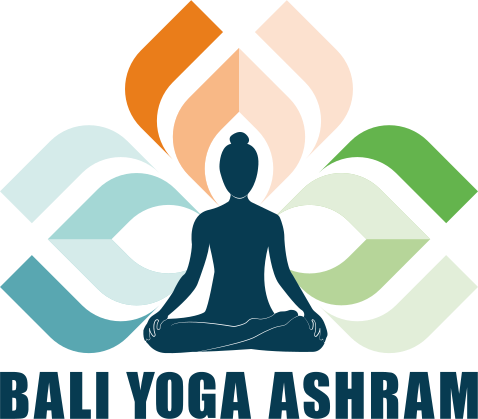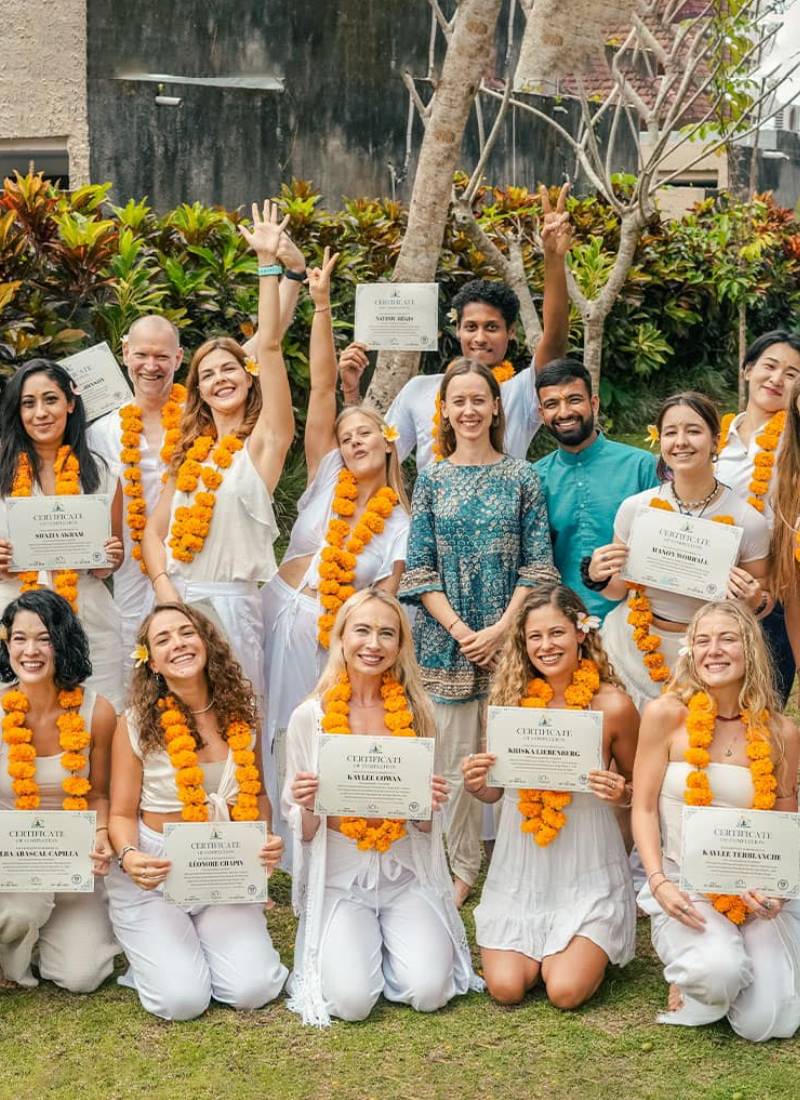
This blog is dedicated to the most missed body part in yoga, lower back strength. Now you might be saying-Why is it the most skipped part? We all do backbend yoga asana, yes we do but we mostly do them to increase the flexibility of the lower back and pay attention to the mechanics of back bending and apply the most missed techniques to strengthen the back.
Millions of men and women become the victims of back pain and as we grow old, the situation will continue to worsen and even for the people who are practicing backbend yoga postures, because the spine holds the body together, and only bending it backward won’t cut it.
Back pain can be one of the most debilitating types of pain and you are probably reading this blog because you—or someone you care for—has back pain. If the number of remedies to eliminate the problem have failed for you then it’s time to work on the strength of your spine rather than just making it flexible.
So here is a list of yoga asanas with guided steps to help you strengthen your lower back.
A good yoga asana is key to establishing ease in the body and potentially helping you live pain-free.
Yoga Asana-1
So, you can start with **Tadasana-**Tada means a mountain ****(Mountain Pose) also called Samasthiti-Sarna means upright, straight, and unmoved. Sthiti is standing still, steadiness.
How to do Tadasana?
- Stand erect with the feet together, the heels and big toes touching each other. Rest the heads of metatarsals on the floor and stretch all the toes flat on the floor.
- Tighten the knees and pull the knee-caps up, contract the hips and pull up the muscles at the back of the thighs.
- Keep the stomach in, chest forward, spine stretched up and the neck straight.
- Do not bear the weight of the body either on the heels or the toes, but distribute it evenly on them both.
- Ideally, in Tadasana, the arms are stretched out over the head, but for the sake of convenience, one can place them by the side of the thighs.
BEFORE YOU MOVE ON TO OTHER YOGA ASANAS, HERE ARE SOME GENERAL YOGA ALIGNMENT GUIDELINES FOR BACKBENDS
- To build a solid foundation – press down firmly through your hands and/or feet depending on the pose.
- Keep the legs strong, rotate the inner thighs inwards
- Use the core by pulling the belly in and up, and tuck your tailbone in by squeezing the buttocks in.
- Push your shoulders down and back, and firm the bottom tips of the shoulder blades in towards each other.
- The main key is to also engage the opposite muscle of the part you are working on, for example using the core while bending backward.
Yoga Asana-2
Bhujangasana- Bhujanga means a serpent
How to do Bhujangasana?
- Lie on the floor face downwards. Extend the legs, keeping the feet together. Keep the knees tight and the toes pointing.
- Rest the palms by the side of the pelvic region.
- Inhale, press the palms firmly on the floor and pull the trunk up. Take two breaths.
- Inhale, lift the body up from the trunk until the pubis is in contact with the floor, and stay in this position with the weight on the legs and palms.
- Contract the anus and the buttocks, and tighten the thighs. Maintain the pose for about 20 seconds, breathing normally.
- Exhale, bend the elbows, and rest the trunk on the floor. Repeat the pose two or three times and then relax.
Yoga Asana-3
Ardha Navasana- Ardha means half. Nava is a ship, boat, or vessel.
How to do Ardha Navasana Half-Boat Pose
- Sit on the floor. Stretch the legs out in front and keep them straight.
- Interlock the fingers and place them on the back of the head just above the neck.
- Exhale, recline the trunk back, and simultaneously raise the legs from the floor, keeping the knees tight and the toes pointed. The balance of the body rests on the buttocks and no part of the spine should be allowed to touch the floor. One feels the grip on the muscles of the abdomen and the lower back.
- Keep the legs at an angle of about 30 to 35 degrees from the floor and the crown of the head in line with the toes.
- Hold this pose for 20 to 30 seconds with normal breathing. A stay for one minute in this posture indicates strong abdominal muscles.
- Do not hold your breath during this asana, though the tendency is always to do it with the suspension of breath after inhalation. Deep inhalation in this asana would loosen the grip on the abdominal muscles. To maintain this grip, inhale, exhale and hold your breath and go on repeating this process but without breathing deeply.
Yoga Asana-4
Salabhasana(Locust Pose)-Salabha means a locust. The pose resembles that of a locust resting on the ground.
How to do Salabhasana(Locust Pose)?
- Lie full length on the floor on the stomach, face downwards. Stretch the arms back.
- Exhale, lift the head, chest, and legs off the floor simultaneously as high as possible. The hands should not be placed and the ribs should not rest on the floor. Only the abdominal front portion of the body rests on the floor and bears the weight of the body.
- Contract the buttocks and stretch the thigh muscles. Keep both legs fully extended and straight, touching the thighs, knees, and ankles.
- Do not bear the weight of the body on the hands but stretch them back to exercise the upper portion of the back muscles.
- Stay in the position as long as you can with normal breathing.
- In the beginning, it is difficult to lift the chest and the legs off the floor, but this becomes easier as the abdominal muscles grow stronger.
Yoga Asana- 5
Ustrasana(Camel Pose)- Ustra means a camel.
How to do Ustrasana (Camel Pose)
- Kneel on the floor, keeping the thighs and feet together, toes pointing back, and resting on the floor.
- Rest the palms on the hips. Stretch the thighs, curve the spine back and extend the ribs.
- Exhale, place the right palm over the right heel and the left palm over the left heel. If possible, place the palms on the soles of the feet.
- Press the feet with the palms, throw the head back and push the spine towards the thighs, which should be kept perpendicular to the floor.
- Contract the buttocks and stretch the dorsal and the coccyx regions of the spine still further, keeping the neck stretched back.
- Remain in this position for about half a minute with normal breathing.
- Release the hands one by one and rest them on the hips.
Frequently Asked Question
How can one prevent lower back pain from reoccurring?
To prevent lower back pain from recurring, one must consider the following: body mechanics and functions in daily life—how you sit, pick up heavy objects, and stand, or even the shoes you are wearing.
Which muscles can be stretched to release lower back pain?
Lengthening the lower back in supine positions can help. Gentle forward bends, hip openers, and standing asanas are done properly and can also stretch the lower back.
Which yoga poses help to strengthen the lower back?
Core stabilization and back extension yoga asanas, such as the Salabhasana (Locust Pose) and Setu Bandha (Bridge Pose), generally strengthen the lower back.
Which yoga poses should be avoided when lower back pain is present?
First, your back pain should be diagnosed by a healthcare professional, because certain injuries and conditions require the avoidance of certain movements.

